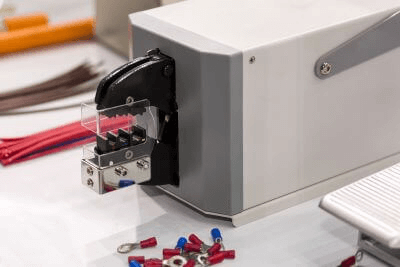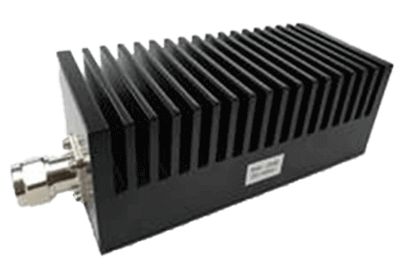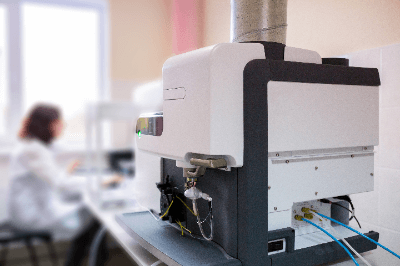What Is an Ultrasonic Cleaner?
There are two types of cleaning: chemical cleaning using detergents and solvents, and physical cleaning, using vibrations and mechanical energy.
Ultrasonic cleaners are devices that utilize the synergistic effects of both of these.
These devices are available in various sizes.
Small devices include inexpensive household devices used to clean eyeglasses and accessories, etc., those with built-in ultrasonic oscillators such as those used in laboratories to clean instruments and adjust chemicals, and those in which the ultrasonic oscillator is placed in a container of your choice (throw-in type).
Large-scale devices are mainly for industrial use, such as those incorporated into factory manufacturing processes.
The cleaning power varies depending on the ultrasonic waves generated, so it is necessary to select the frequency and detergent according to the application.
The Radio Law may regulate ultrasonic cleaners, so please follow the appropriate procedures according to the output, etc., when installing the device.
(Basically, ultrasonic cleaners with an output of 50 W or more require an application for a permit for high-frequency use equipment.)
Uses of Ultrasonic Cleaners
Ultrasonic cleaners are mainly used for industrial purposes.
Primary applications include degreasing and cleaning metal parts and resins, removing abrasive particles and dust, cleaning precision metal parts, optical disks, and hard disk heads, final cleaning of glass substrates, and cleaning silicon wafers.
Ultrasonic cleaning is performed at low frequencies for metal parts and at high frequencies for silicon wafers.
Ultrasonic cleaners are also used for defoaming, degassing, dispersion, agitation, and crushing.
Principles of Ultrasonic Cleaners
Sound is generated by vibrating objects.
When electrical energy is applied to unique ceramics called piezoelectric ceramics, the ceramics expand and contract.
The vibrations generated at this time are converted into sound.
If the frequency of this sound is set to 20 kHz or higher, ultrasonic waves are generated.
The ultrasonic vibration is applied to the sample to generate bubbles. When the bubbles burst, the microjet water flow generated by the impact (cavitation) is used to clean the sample.
Low-frequency ultrasonic waves are used to degrease and clean metal parts, resins, and precision metal parts.
The shock waves from cavitation can clean even stubborn dirt.
High-frequency ultrasonic waves are used to clean semiconductors and silicon wafers.
Cavitation is generated in different ways depending on the depth of the liquid and the type of liquid.
For ultrasonic cleaning, control of these factors is also essential.
Insufficient control may cause the diaphragm to deteriorate.
Manufacturers for sale include Honda Electronics, Nihon Seiki Seisakusho, SND, and KAIJO.
There are also used products available for purchase or rental.


